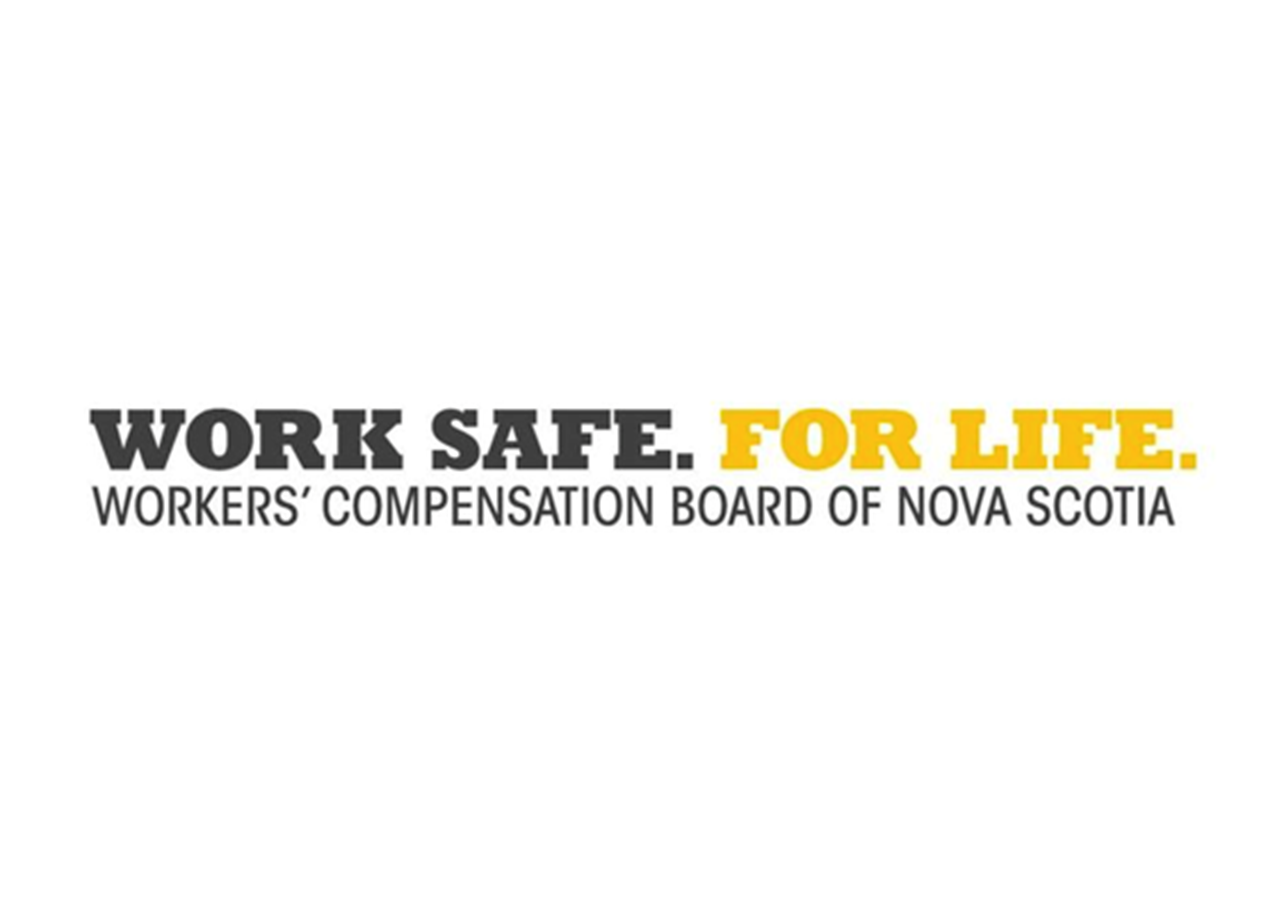As the funded percentage dipped in Q1, long-term approach remains key to sustainability
While market volatility has caused the funded percentage to decrease, WCB Nova Scotia says the system remains on a path toward financial sustainability.
According to the WCB’s Q1 Report to the Community, released today, the overall system funded level dipped just below 100 per cent during the first three months of 2022, after reaching more than 106 per cent at the end of last year.
As Nova Scotia emerges from a global pandemic, the results demonstrate the importance of continued financial sustainability, especially as our working population grows. The results also reflect the progress that has been made toward a fully funded system over the last 25 years as the WCB was just 27 per cent funded in the early 1990s.
“Financial sustainability is about the long term,” says WCB Nova Scotia CEO Stuart MacLean. “Global markets will fluctuate, and that’s why our diversified investment strategy is so important. We need to continue the path we’re on when it comes to management of the funds that are there to protect Nova Scotia workers and employers from the impact of workplace injury into the future.”
To support continued system stability, WCB also announced today that the average employer rate will remain steady for 2023, at $2.65 per $100 of assessable payroll, where it’s held steady for almost two decades. WCB rates for individual employers vary based on injury experience both at an industry-wide and individual workplace level and will be shared with employers later this summer.
“We’re entering a phase where we hope change may be possible, but we’re not there at this moment,” MacLean says. “We need to stay the course to ensure we continue to build a strong, sustainable system for the future.”
MacLean says that preventing injuries and helping to support safe and timely return to work when an injury occurs remain the WCB’s top priorities. He says that the changing nature of workplace injuries makes that work more challenging, but also more important than ever.
« We have an aging population that is more likely to have complex injuries, and that require more support. We are also seeing a significant increase in psychological injuries that require different supports than those provided for physical injuries, » MacLean says. « Although we’re making progress, it’s still taking too long to achieve healthy return-to-work outcomes, and it’s something that needs more focus and effort. »
Also released today and available online, WCB Nova Scotia’s 2021 Annual Report shares new stories about the workers, employers, and others who are helping to reduce the impact of workplace injury and strengthen Nova Scotia’s safety culture. It describes the innovative approaches and programs that are supporting workers and employers following an injury. That includes a story about the WCB’s switch to a technology-enabled hybrid work model, with employees serving Nova Scotians from a combination of remote and in-office locations.
Follow us on Twitter @worksafeforlife
Listen to safety-focused leadership conversations on the WorkShift podcast, available on Apple, Google, and Spotify.
Source: WCB Nova Scotia


